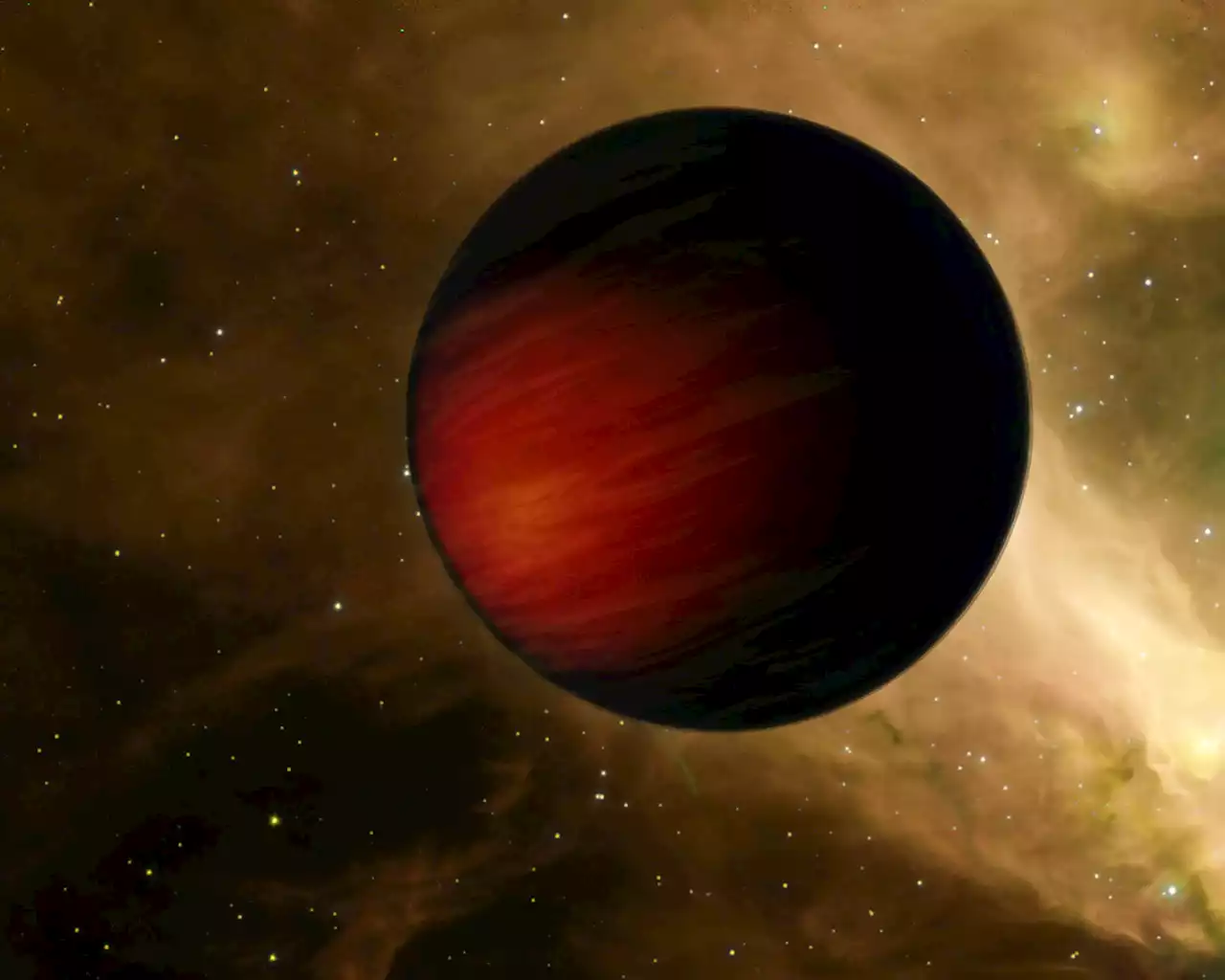Gas giants orbiting our sun show a clear pattern; the more massive the planet, the lower the percentage of “heavy” elements (anything other than hydrogen and helium) in the planet’s atmosphere. But out in the galaxy, the atmospheric compositions of giant planets do not fit the solar system trend, an
HD149026b, a “hot jupiter” orbiting a star comparable to our sun, is super-abundant in the heavier elements carbon and oxygen – far above what scientists would expect for a planet of its mass. In addition, the diagnostic carbon-to-oxygen ratio of HD149026b, also known as “Smertrios,” is elevated relative to our solar system.
The giant planets of our solar system exhibit a nearly perfect correlation between both overall composition and atmospheric composition and mass, said Jacob Bean, professor of astronomy and astrophysics at theand lead author of the paper. Extrasolar planets show a much greater diversity of overall compositions, but scientists didn’t know how varied their atmospheric compositions were, until this analysis of HD149026b.
Smertrios, for one, is super-enriched compared to its mass, Lunine said: “It’s the mass of Saturn, but its atmosphere seems to have as much as 27 times the amount of heavy elements relative to its hydrogen and helium that we find in Saturn.” “Together, these observations paint a picture of a planet-forming disk with abundant solids that were carbon-rich,” Lunine said. “HD149026b acquired large amounts of this material as it formed.”
United States Latest News, United States Headlines
Similar News:You can also read news stories similar to this one that we have collected from other news sources.
 NASA’s Webb Space Telescope Unveils the Sizzling Secrets of a Distant Rocky ExoplanetThe amount of infrared light coming from TRAPPIST-1 b suggests that the planet is devoid of any significant atmosphere. Acting as a giant touch-free thermometer, NASA’s James Webb Space Telescope has successfully measured heat radiating from the innermost of the seven rocky planets orbiting TRAPPIS
NASA’s Webb Space Telescope Unveils the Sizzling Secrets of a Distant Rocky ExoplanetThe amount of infrared light coming from TRAPPIST-1 b suggests that the planet is devoid of any significant atmosphere. Acting as a giant touch-free thermometer, NASA’s James Webb Space Telescope has successfully measured heat radiating from the innermost of the seven rocky planets orbiting TRAPPIS
Read more »
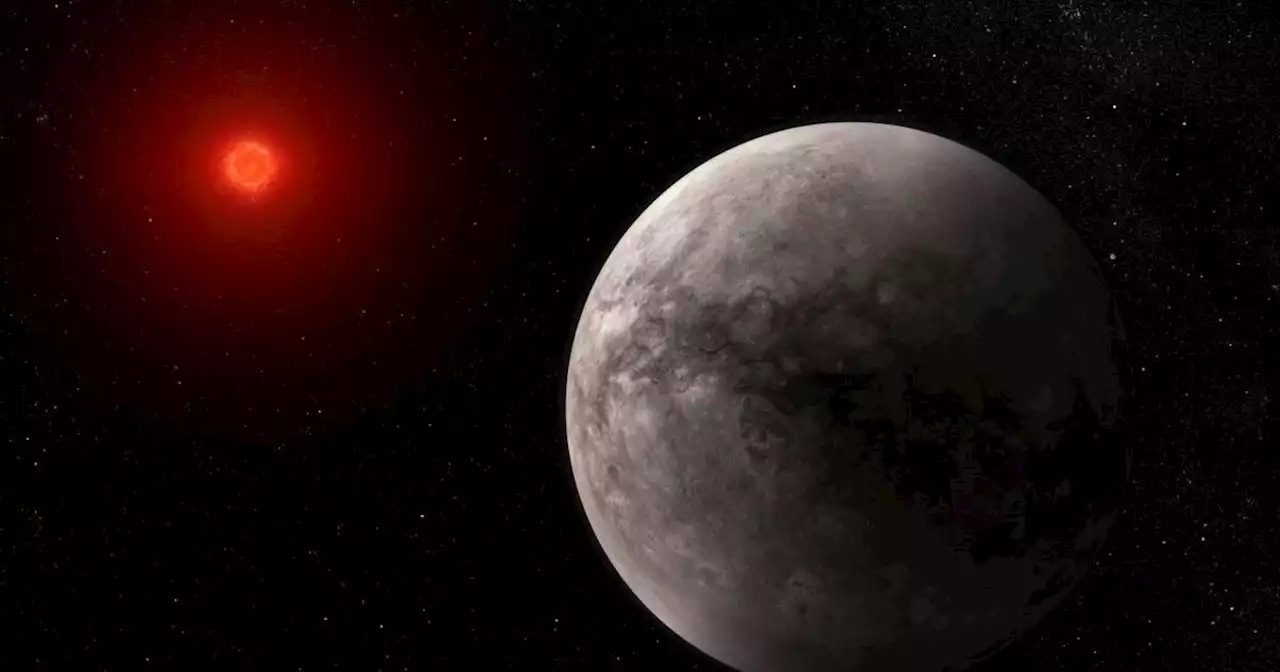 Webb Space Telescope finds no atmosphere at faraway Earth-sized worldThe Webb Space Telescope has found no evidence of an atmosphere at TRAPPIST-1 b, one of the seven rocky, Earth-sized planets orbiting a nearby star.
Webb Space Telescope finds no atmosphere at faraway Earth-sized worldThe Webb Space Telescope has found no evidence of an atmosphere at TRAPPIST-1 b, one of the seven rocky, Earth-sized planets orbiting a nearby star.
Read more »
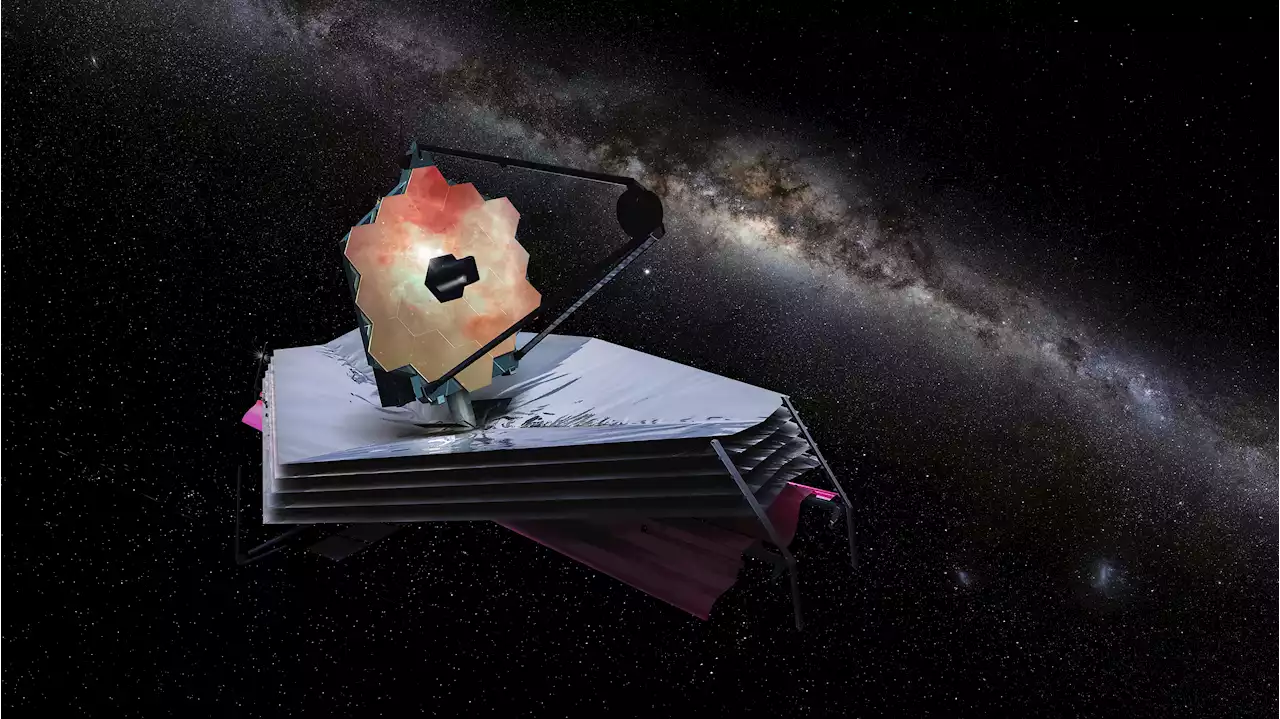 Where is the James Webb space telescope located?Find out exactly where James Webb is located in space and why NASA and the ESA put their most impressive space telescope out there.
Where is the James Webb space telescope located?Find out exactly where James Webb is located in space and why NASA and the ESA put their most impressive space telescope out there.
Read more »
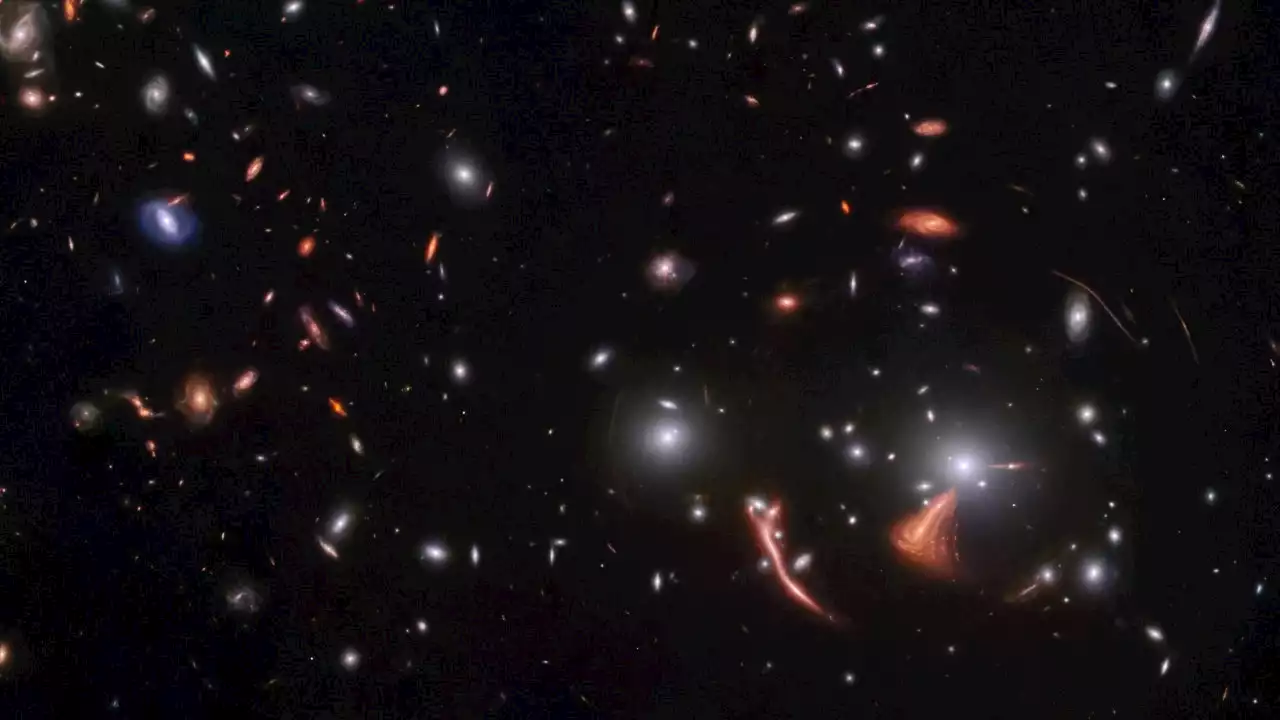 Webb telescope captures warped space, galaxies billions of light-years awayThe James Webb Space Telescope has captured the fabric of space-time being warped, showing a galaxy cluster 6.3 billion light-years away and the distant Cosmic Seahorse galaxy.
Webb telescope captures warped space, galaxies billions of light-years awayThe James Webb Space Telescope has captured the fabric of space-time being warped, showing a galaxy cluster 6.3 billion light-years away and the distant Cosmic Seahorse galaxy.
Read more »
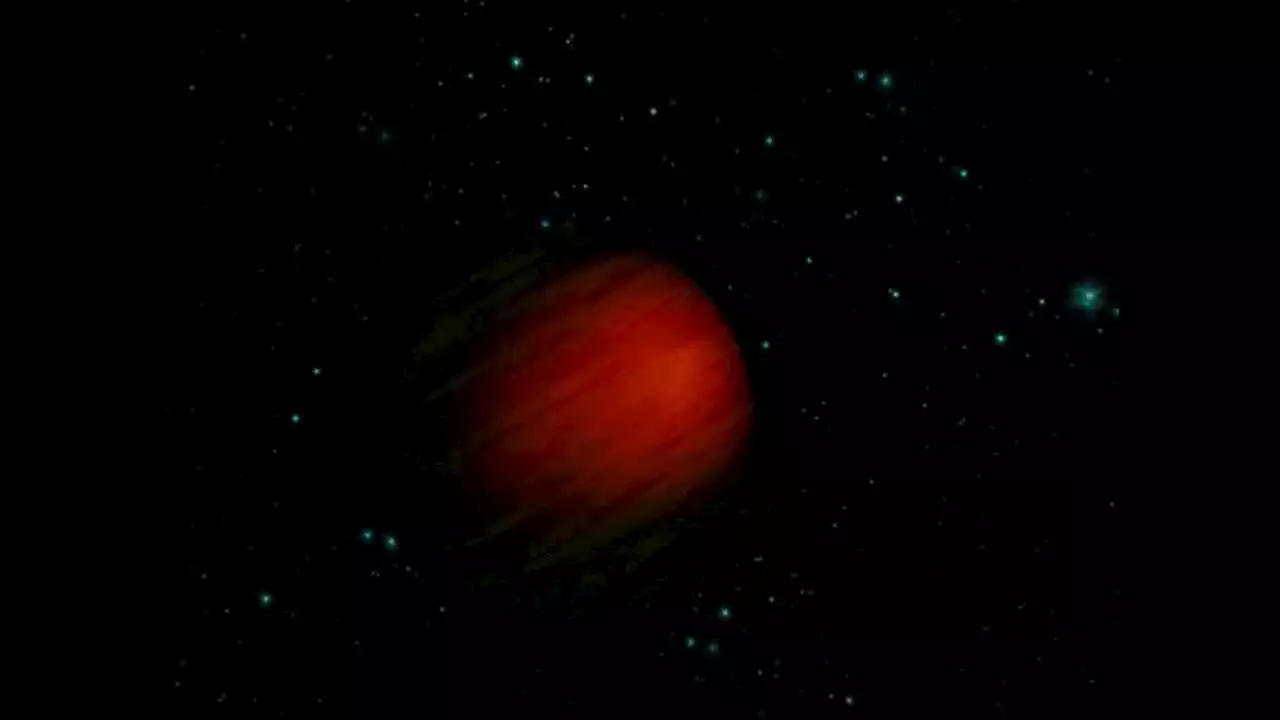 Webb telescope finds a 'hot Jupiter' exoplanet that defies expectationsThe exoplanet Smertrios has a surprising abundance of heavy elements in its atmosphere.
Webb telescope finds a 'hot Jupiter' exoplanet that defies expectationsThe exoplanet Smertrios has a surprising abundance of heavy elements in its atmosphere.
Read more »
Earliest galaxies challenge ideas about star birth in infant universeJWST astronomers have found more than 15 galaxies shining within the first half-billion years of the 13.7-billion-year-old universe—leaving theorists scratching their heads.
Read more »
